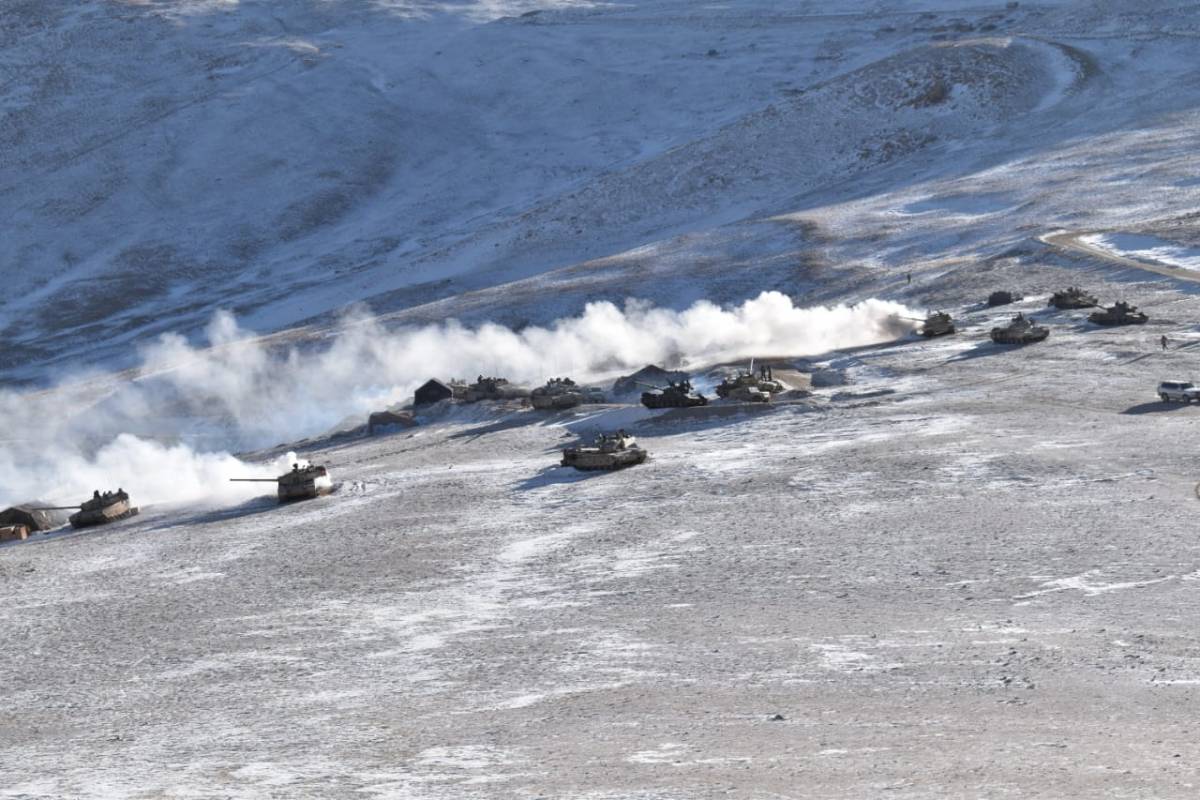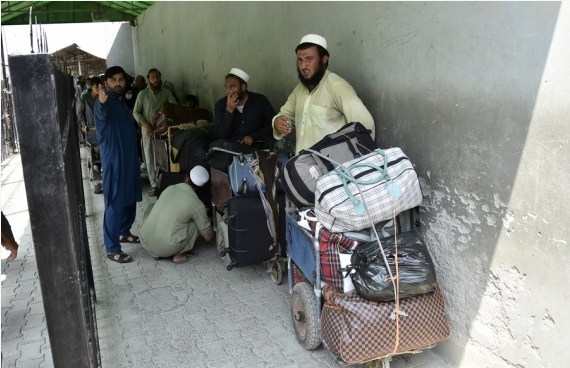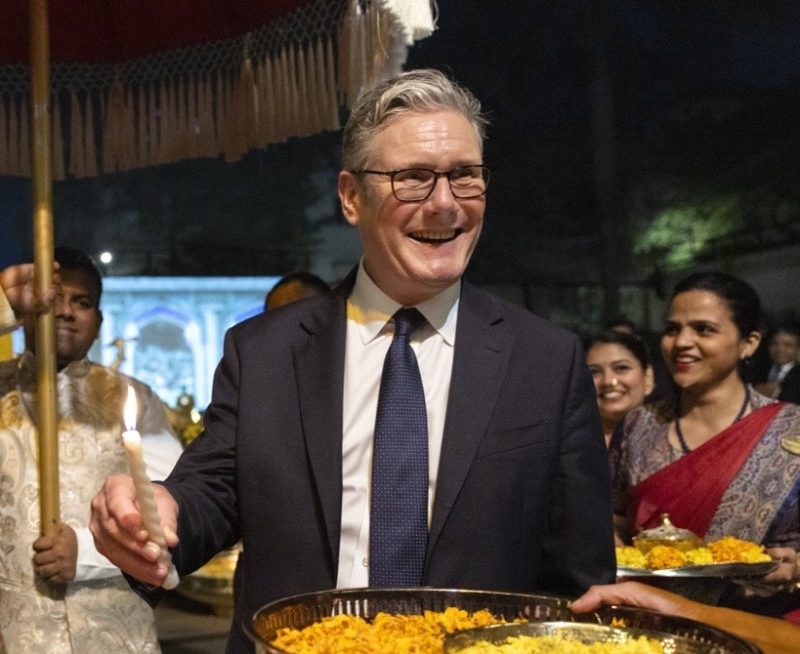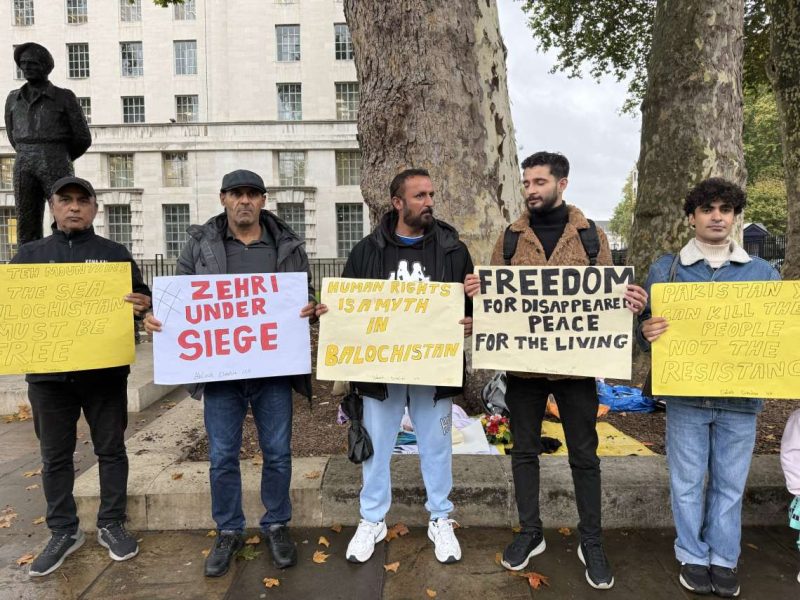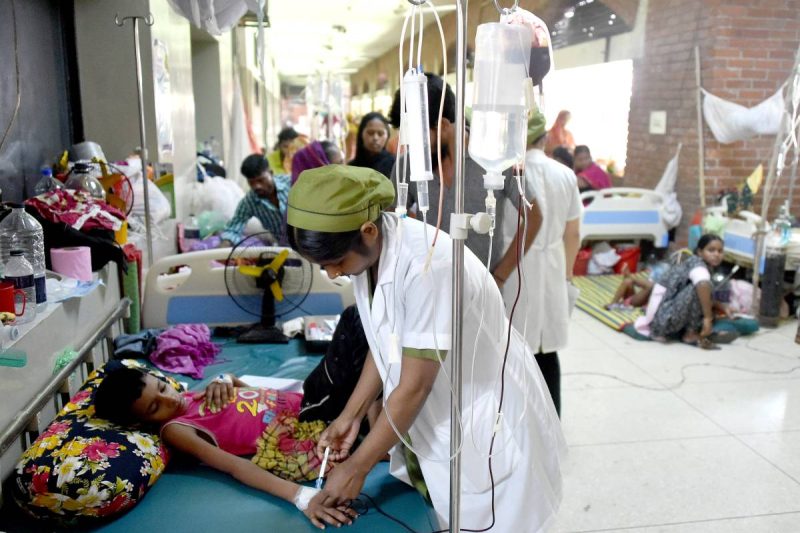Given the track record of China, it may go through this agreement temporarily and later follow it up by a military action, post winters to reoccupy same areas after getting Kailash Range vacated from Indians, due to its faster mobilisation advantage due to its better infrastructure, writes Major General S.B. Asthana
China and India have announced the disengagement of troops along Line of Actual Control (LAC), at the southern and northern bank of the Pangong Tso Lake having commenced since February 10. It seems to be a positive step to mark the beginning of a possible end of one of the longest stand-offs, which had tremendous financial and human cost to bear, due to ‘LOCisation’ of the LAC, in harsh winters. A compulsion to get into some mutually acceptable solution, out of numerous negotiations at various levels is understandable, as stretching the standoff beyond a point was serving no useful purpose. The actual worth of announcements will be seen in implementation stage, in view of trust deficit and past track record of Chinese in junking agreements, when it suits them, as the LAC as well as border remains undemarcated between both countries.

Decoding the Statements and Implications
Chinese strategic design involves misinterpreting the statements to its convenience. Chinese statement indicates that it is a Pangong Tso specific Agreement, meaning synchronised and organised disengagement of frontline troops at the southern and northern bank of the Pangong Tso Lake, which can be well inferred by them as pullback of Indian troops from Kailash Range, in exchange of PLA moving back their frontline troops from Finger 4 and continuing to maintain their presence elsewhere.
The Defence Ministry’s statement in Rajya Sabha on February 11, highlights that the Chinese side will keep its troop presence in the North Bank area to east of Finger 8, thus moving back from Finger 4 to 8. Reciprocally, the Indian troops will be based at their permanent base at Dhan Singh Thapa Post near Finger 3. A similar action would be taken in the South Bank area by both sides. Structures built by both sides since April 2020, in North and South Bank area to be removed and the landforms restored. The Chinese, however, have not put out any such assurances in public domain, so far.

The Ministry also highlighted some outstanding issues with regard to deployment and patrolling at some other points along the LAC in Eastern Ladakh to be discussed later, in next meeting of the Senior Commanders within 48 hours after the complete disengagement in the Pangong Lake area. It indirectly implies that some Indian concerns including extra kilometrage with China in Depsang plains, Galwan, Gogra and other areas, restrictions on patrolling, vulnerability of DS-DBO road will remain to be discussed later.
From Chinese perspective, it indirectly means that newly occupied heights on Kailash Range, which were their major concern, will be vacated in a phased, coordinated and verified manner by both. The military activity including patrolling to the traditional areas will cease temporarily in north and south of Pangong Tso. Chinese discomfort includes Indian dispositions in India’s Sub Sector North including DBO, infrastructure development including DSDBO road, viewed as a threat to crucial Tibet-Xinjiang-Pakistan connectivity, which will remain. The Chinese aim of preventing Indian infrastructure development hasn’t been achieved, as both sides continue development of infrastructure in areas they perceive to be theirs.

What India needs to be Careful of?
India in Ladakh is in a position of strength, having created a vulnerability for China south of Pangong Tso and occupation of some crucial heights elsewhere. The professionalism of Indian Military under extremely harsh climatic conditions of Ladakh, and the national resolve of India, to have reacted speedily and decisively during the pandemic, creating a mirror image deployment to even out PLA’s first movers advantage, has forced China to revisit its options, leading to the present agreement. This agreement will lead to India losing major advantage of some heights on Kailash Range, a crucial bargaining chip, in exchange of Chinese recoiling from North of Pangong Tso. This will have to be pursued with vacation of Depsang and other areas, without which LAC will de facto get altered not in Indian favour.

Given the track record of China, it may go through this agreement temporarily and later follow it up by a military action, post winters to reoccupy same areas after getting Kailash Range vacated from Indians, due to its faster mobilisation advantage due to its better infrastructure. This option, however, is marred with a major risk of loss of face for Xi Jinping, as a military defeat is last thing which he would like to face, that too in centenary of formulation of CCP. Chinese strategic aim in Eastern Ladakh will continue to be to provide depth to its National Highway G-219, Karakoram Pass and China-Pakistan Economic Corridor (CPEC), redraw LAC as per its perception and negotiate border on their terms thereafter.

Indian aim should be not to concede de facto shift of LAC as LAC-2020, be prepared for ‘Two Front War’ as a worst case scenario, and continue capacity building in all domains, including maritime arena. As long as the LAC is not demarcated, standoffs will continue, and a temporary solution will only postpone the next standoff, leading to ‘LOCisation’ of the LAC further. Chinese will like to keep border unsettled, till the time the political cost of Not settling it, becomes higher than doing so, for CCP, China.
(Major General S.B. Asthana is a strategic and security analyst, a veteran Infantry General with 40 years experience in national & international fields and the UN. A globally acknowledged strategic & military writer/analyst authored over 350 publications. The views expressed are personal)
Also read:UNHCR reveals funding gap to meet needs of refugees


